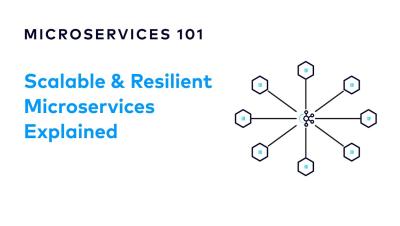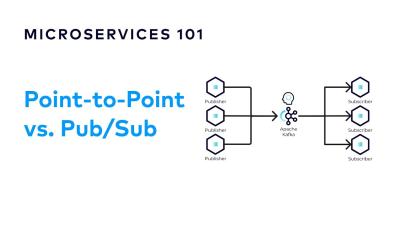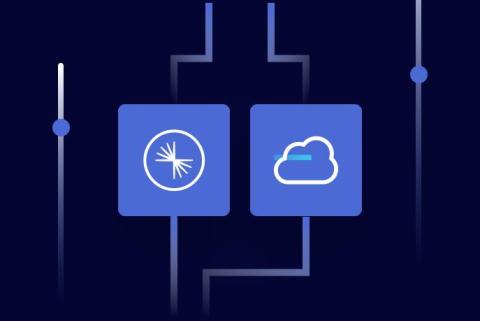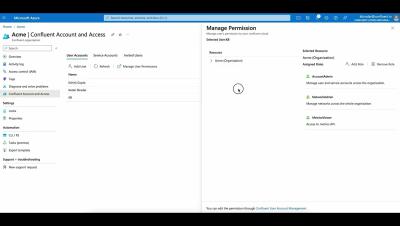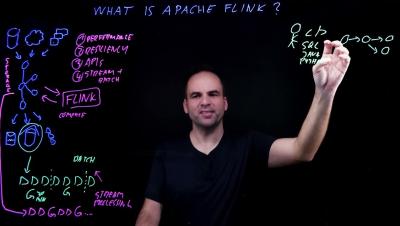Systems | Development | Analytics | API | Testing
Data Streaming
How To Build Scalable and Resilient Microservices | Microservices 101
Point-to-Point vs Publish/Subscribe | Microservices 101
Getting Started with OAuth for Confluent Cloud Using Azure AD DS
Released in December 2022, OAuth support on Confluent Cloud allows Confluent Cloud users to integrate their own third-party identity provider (IdP) with Confluent Cloud, centralizing account management across all of their cloud services. This article explains how to configure Azure Active Directory DS (Azure AD DS) and Confluent Cloud so that the Azure Directory can be used to authenticate and authorize applications to use Confluent Cloud clusters.
Turbo-Charging Confluent Cloud To Be 10x Faster Than Apache Kafka
At Current 2023, we announced that Confluent Cloud is now up to 10x faster than Apache Kafka®, thanks to Kora, The Cloud-Native Kafka engine that powers Confluent Cloud. In this blog post, we will cover what that means in more depth.
Confluent Access Management
Simplify and Accelerate Your Data Streaming Workloads With an Intuitive User Experience
Happy holidays from Confluent! It’s that time in the quarter again, when we get to share our latest and greatest features on Confluent Cloud. To start, we’re thrilled to share that Confluent ranked as a leader in The Forrester Wave™: Streaming Data Platforms, Q4 2023, and The Forrester Wave(™): Cloud Data Pipelines, Q4 2023! Forrester strongly endorsed Confluent’s vision to transform data streaming platforms from a “nice-to-have” to a must-have.
Commands, Queries, and Events | Microservices 101
What is Apache Flink?
Making Flink Serverless, With Queries for Less Than a Penny
Imagine easily enriching data streams and building stream processing applications in the cloud, without worrying about capacity planning, infrastructure and runtime upgrades, or performance monitoring. That's where our serverless Apache Flink® service comes in, as announced at this year’s Current | The Next Generation of Kafka Summit.



